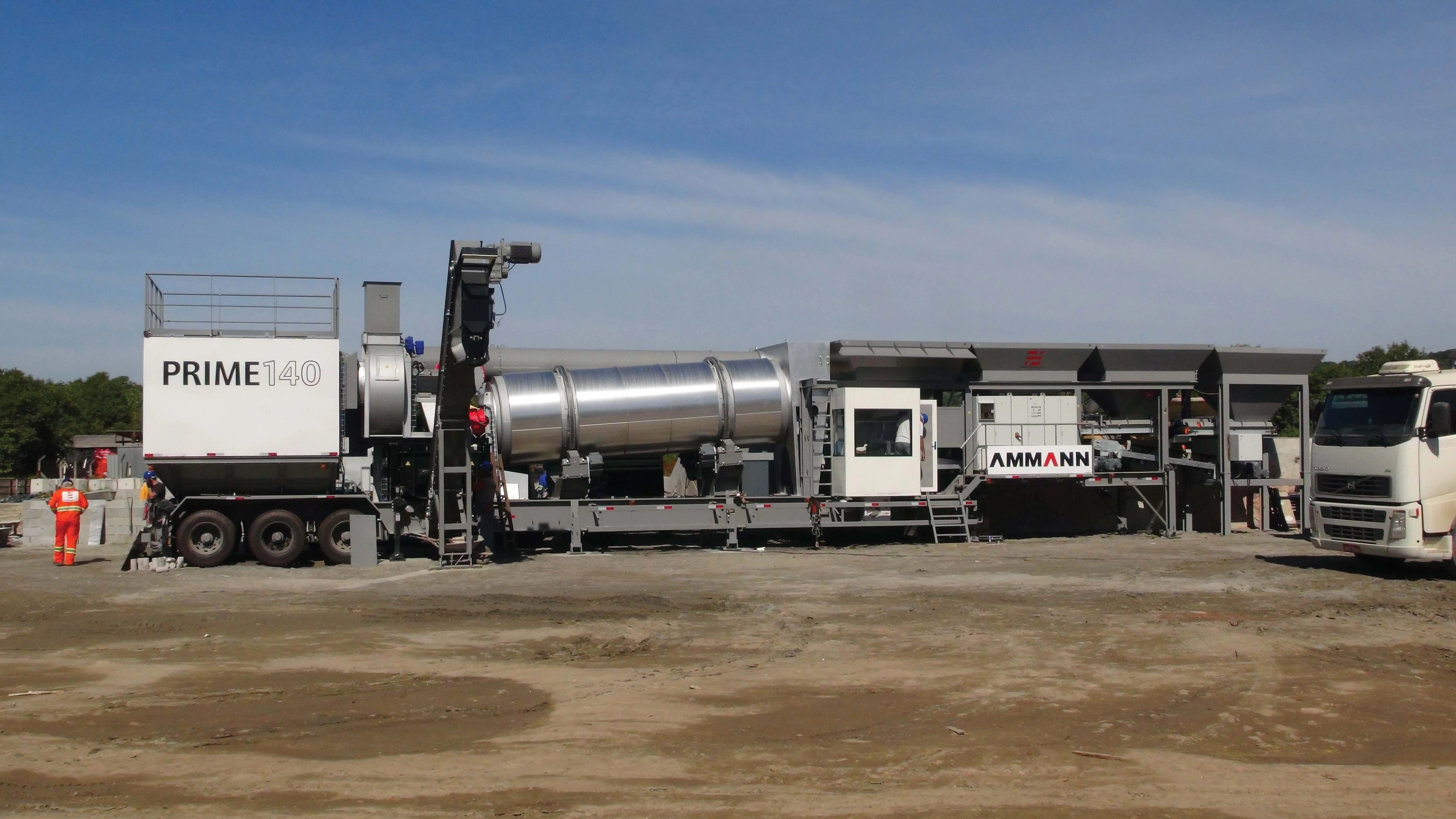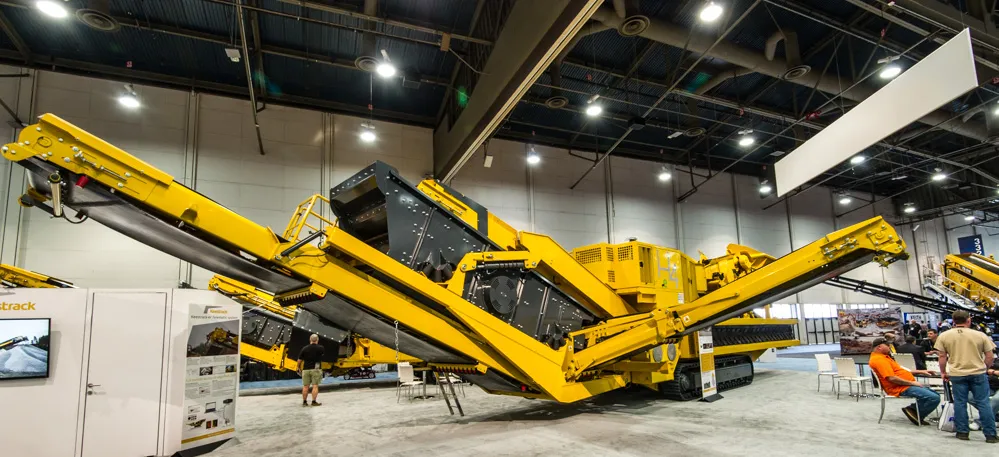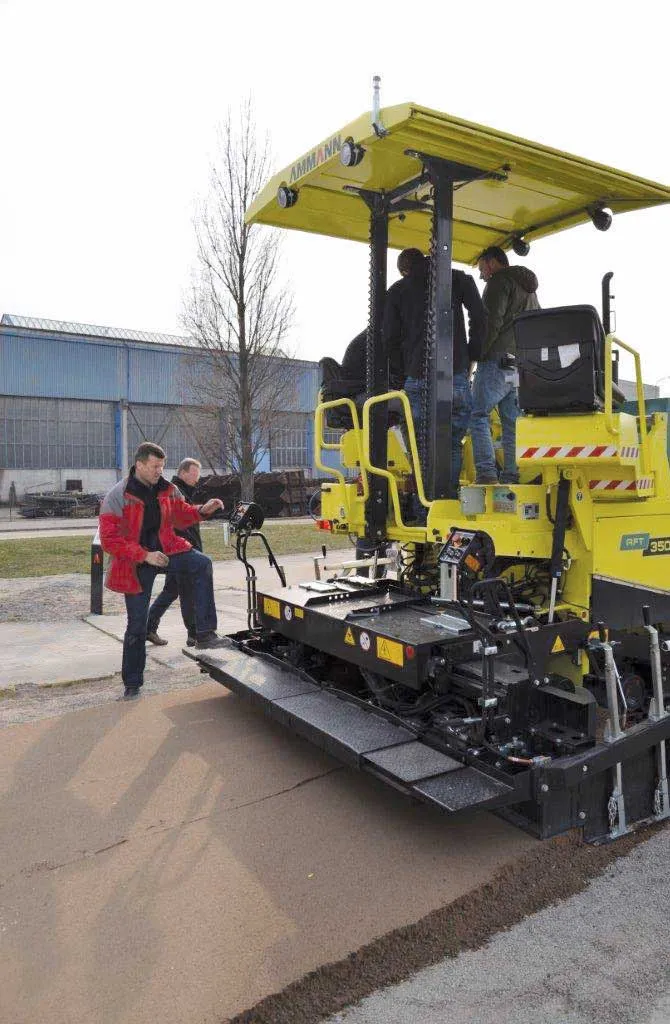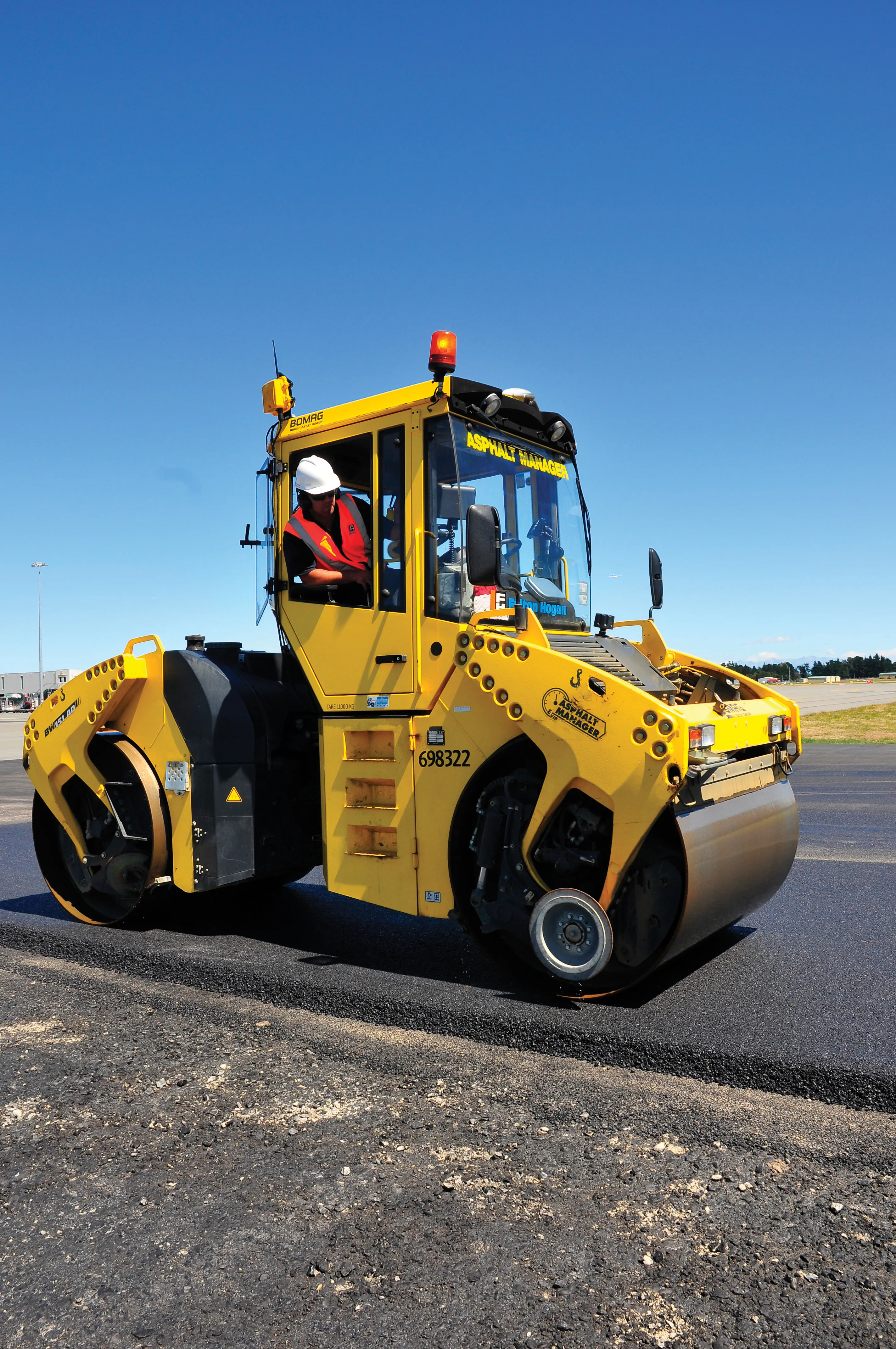Ammann’s new EasyBatch 140 and Prime 140 trailer-mounted asphalt plants were be due to be seen via touch screen movies and advanced animations during ConExpo-CON/AGG 2014 in Las Vegas (4-8 March 2014).
April 2, 2014
Read time: 1 min

The EasyBatch 140 range for batch asphalt production and the Prime 140 for continuous production processes are both said to stand for maximum compact mobility. Both plants are being made available by Ammann as 90tonnes/hour production capacity models.
To ensure a consistent top quality asphalt mix across the world, Ammann says its plants share the same core components manufactured at Ammann Switzerland being assembled in the downstream sites in Germany, Italy, China and Brazil.








